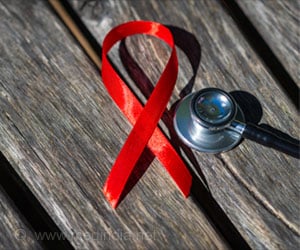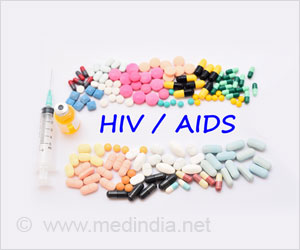More and more heterosexual men visiting Papua New Guinea and Southeast Asian countries are returning with HIV infection, Australian authorities have revealed.
More and more heterosexual men visiting Papua New Guinea and Southeast Asian countries are turning with HIV infection, Australian authorities have revealed.
The trend has been detected among miners and other workers based in Queensland, the Northern Territory and Western Australia, and has some experts concerned it could provide the virus with a route into the mainstream population.As new national figures show numbers of new HIV infections overall continuing to increase nationally, doctors attending a Perth conference yesterday told reporters that six Queensland businessmen had been diagnosed with HIV in the past year after liaisons with women in Papua New Guinea.
Cairns Sexual Health service director Darren Russell said unlike in previous cases, all the men are believed to be heterosexual. The infected are in the 47-66 age group.
Dr Russell says three of the businessmen have female partners in Cairns but none of the women have contracted the disease.
"We're fairly confident that with these men there hasn't been any ongoing transmission of the HIV to other women in Cairns," he said.
"What we are concerned about though is that there might be other men out there who haven't been tested for HIV and aren't aware they have HIV."
Advertisement
The Australia Research Centre in Sex Health and Society at Latrobe University says the Cairns case is a wake-up call.
"It's a message that we need to continue to reinforce that when people are travelling and if they are sexually active when they are travelling overseas they need to be careful and safe in their sexual practices. This is not a new phenomenon," he said.
Federation of AIDS Organisations executive director Don Baxter said there had been a 68 per cent increase in HIV infections acquired overseas by heterosexual West Australian men between 2002-04 and 2005-07.
"It appears to be not just miners; it appears to be (linked to) the additional funds flowing into WA from the resources boom," Baxter said.
"What we think is happening is quite a lot more people are travelling to Asia, and it would appear that a number are having unprotected sex with female partners who are HIV-positive.
"Given the ease of travel to Asia, it's a cause for concern."
West Australian Aids Council executive director Trish Langdon said 41 people in the state were diagnosed as having acquired HIV overseas in 2002-04, rising to 91 in 2005-07.
Heterosexual men accounted for two-thirds of that increase.
She described the phenomenon as a "huge concern" that appeared to be linked in part to the rise in fly-in, fly-out working arrangements in which men travelled away from their permanent homes to mining towns such as Port Hedland.
In many cases, their 10-day breaks were spent on trips to places such as Thailand, where the HIV risk was far higher than in Western Australia, Langdon said.
The latest Australian statistics, released today by the National Centre in HIV Epidemiology and Clinical Research, found that the number of new HIV diagnoses rose by 5.3 per cent, from 998 in 2006 to 1051 last year.
The report found chlamydia to be the most commonly reported sexually transmitted infection, with 51,867 cases diagnosed last year, a 9 per cent increase on the previous year.
Diagnoses of syphilis also more than doubled, from 3.1 cases per 100,000 people in 2004 to 6.6 cases last year, an increase largely confined to gay men.
John Kaldor, the centre's deputy director, said that although HIV diagnoses were still a long way below their 1987 peak, last year's rate was still nearly 50 per cent higher than the low point of 718 new cases, reached in 1999.
Source-Medindia
GPL/L













